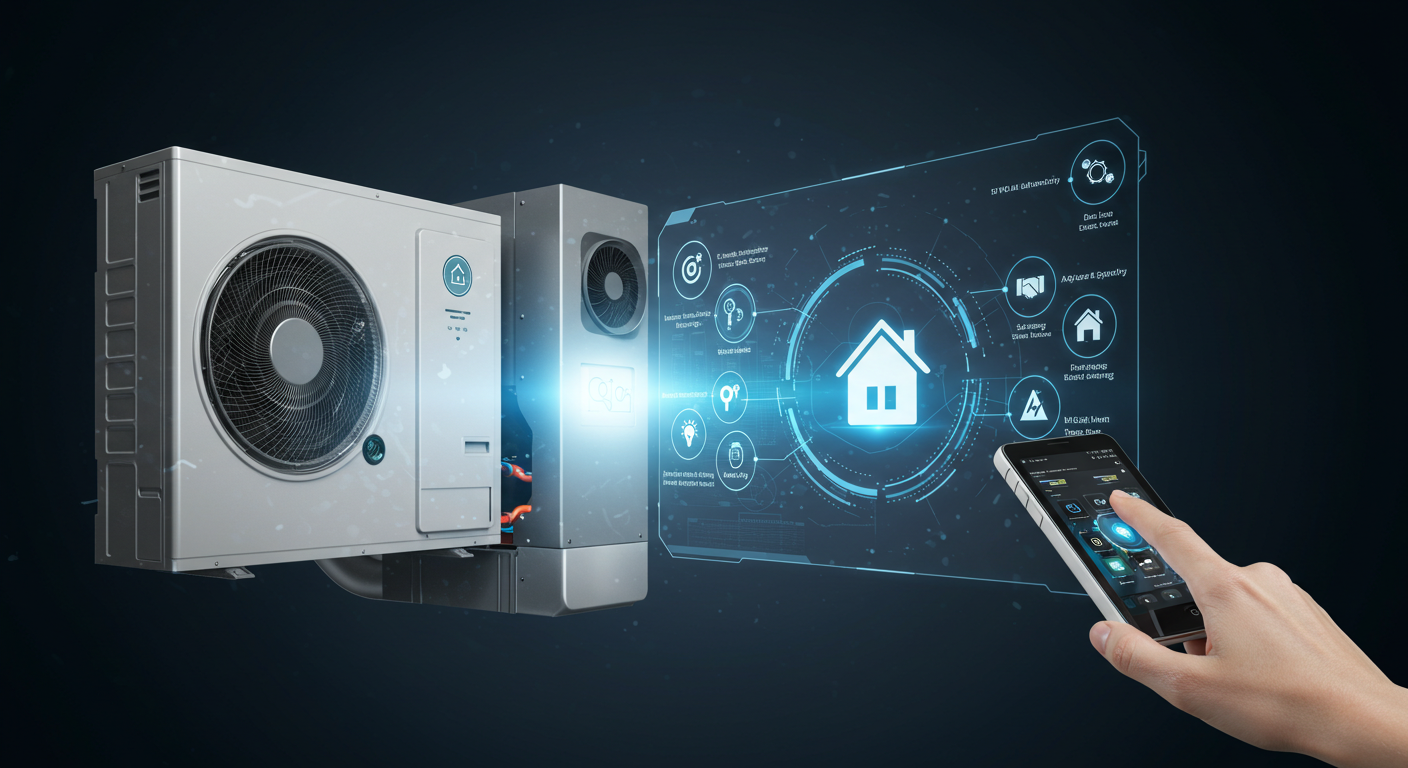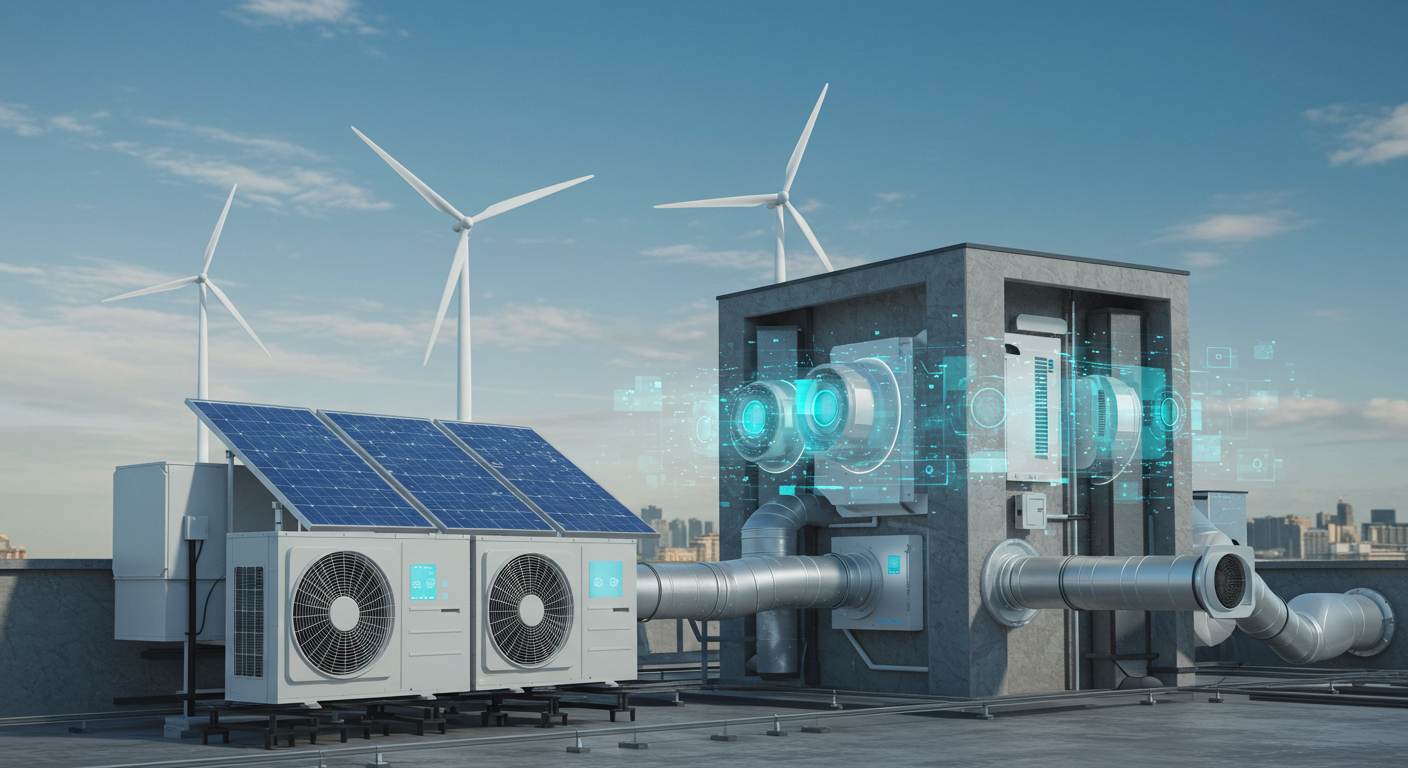Unlocking the Secrets of Regulatory Compliance for Commercial HVAC Installations
As an experienced HVAC professional, you’re likely aware of the constant evolution in regulatory requirements impacting commercial HVAC installations. Recent federal changes have left a mark on the industry, with 91% of contractors acknowledging these updates. If you’re wondering how to navigate these changes smoothly while staying compliant, you’re in the right place. This article will guide you through the key aspects of commercial HVAC compliance, saving you from costly mistakes and ensuring your operations run like a well-oiled machine.
Understanding the New Efficiency Standards
Since January 1, 2023, new federal minimum efficiency requirements, known as SEER2 and IEER, have been implemented. These standards make commercial air conditioning systems and heat pumps approximately 10% more efficient than previous models. Ensuring compatibility between indoor and outdoor components is crucial for meeting these demands. For instance, Daikin split-system commercial solutions are designed to exceed these requirements, offering an excellent option for compliant installations.
The Importance of Energy Code Compliance
Energy code compliance is not just a bureaucratic hurdle—it’s a significant opportunity for cost savings. Despite this, only four out of 230 commercial buildings studied were fully compliant, leading to substantial energy cost losses. On average, non-compliance results in $189 of lost energy savings per thousand square feet annually. Improving compliance can deliver 15% annual energy savings, making it a key focus for any commercial HVAC project.
Transitioning to Low-GWP Refrigerants
The American Innovation and Manufacturing Act mandates the use of low global warming potential (GWP) refrigerants in all new commercial refrigeration systems by January 1, 2026. This means phasing out high-GWP options like R-410A. A2L refrigerants, such as R-454B and R-32, are set to become the new norm. While they offer environmental benefits, they also require updated installation practices due to their mild flammability.
Key Strategies for Ensuring Compliance
- Engage with manufacturers to stay informed about new standards.
- Train your service staff on updated protocols and safety measures.
- Update inventory and installation procedures to align with new regulations.
- Adopt smart control systems for regulatory reporting and efficiency verification.
Conclusion
Staying ahead of commercial HVAC regulations requires diligence, but the rewards are substantial. By understanding and implementing these compliance strategies, you can avoid hefty fines, reduce operating costs, and enhance your business opportunities. Keep your operations compliant and efficient by focusing on these vital areas.
Ready to ensure your commercial HVAC installations are fully compliant? Start by evaluating your current processes and reaching out to experts for guidance.
Frequently Asked Questions About Commercial HVAC Compliance
What are the new federal efficiency standards for commercial HVAC systems?
The new standards, SEER2 and IEER, were implemented on January 1, 2023, making systems about 10% more efficient than previous models.
Why is energy code compliance important for commercial buildings?
Compliance can lead to significant energy savings—up to 15% annually—while non-compliance results in lost energy cost savings and potential penalties.
What refrigerants are being phased out by the American Innovation and Manufacturing Act?
High-GWP refrigerants like R-410A are being phased out in favor of low-GWP options, such as A2L refrigerants, by January 1, 2026.
How can I ensure my HVAC installations comply with new regulations?
Stay informed through manufacturers, train staff on new standards, update inventory and protocols, and use smart control systems for compliance verification.
What are the potential penalties for non-compliance with EPA refrigerant regulations?
Violations can result in fines up to $37,500 per day per violation and potential loss of operating licenses for non-certified contractors.




